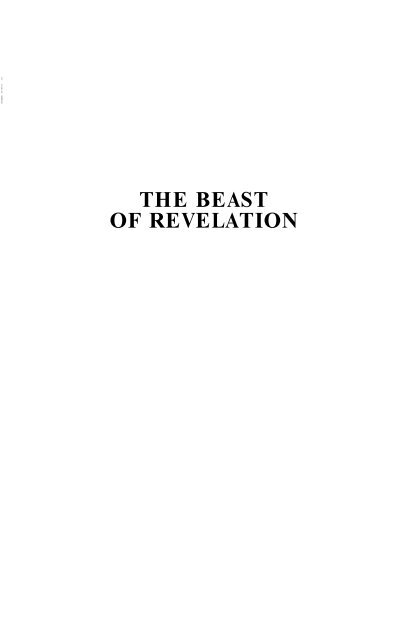

The material the city is made of is transparent so that everyone in it will bask in the light of the glory of God. And the nations of those who are saved shall walk in its light, and the kings of the earth bring their glory and honor into it. Its transparency is also simple to explain: Rev 21:23 The city had no need of the sun or of the moon to shine in it, for the glory of God illuminated it. John is simply saying that even the material the roads are made of is precious and of great value. Gold is often used in the Bible to denote value, (as in the ubiquitous expression, "more precious than gold"). It's like describing sight to a man who has been blind from birth. Therefore John has to use whatever language he can to give us an impression of a reality which is completely foreign to the readers. Here, John is trying to describe something he has never seen before. Anyone who has handled completely pure gold knows it to be far too malleable to make for useable roads. Similarly, "fish" in Jonah simply means "sea animal with fins and a tail" - we are wrong to read our modern scientific distinctions between fish and whales into ancient semantics. Something transparent could, by definition, not be gold, for then they would have no way of identifying it as gold. Secondly, while we might think of gold as the element Au with the atomic number 79, that was not the definition of gold at that time. Firstly, we know that John is able to identify the material as gold, and such an identification could hardly be made if the material were transparent. I do not believe that the explanation, "God has made a new type of gold" is sufficient. In the new city (which isn't heaven, but came from heaven to earth), the crowning glory is "the Lord God the Almighty and the Lamb." (Revelation 21:22b ESV) We aren't actually meant to put too much literal significance on the description of the city, but rather to use our imagination to conjure up a magnificence beyond what we have ever seen. In the old Jerusalem (which would have been recently destroyed), the crowning glory was the temple of God. In Revelation, the extravagant language attempts to put a value on the new city. No mention shall be made of coral or of crystal

Nor can it be exchanged for jewels of fine gold. It cannot be valued in the gold of Ophir, In this sense, John may be following Job's struggle to value wisdom in Job 28:12-19 ( ESV): “But where shall wisdom be found?Īnd it is not found in the land of the living.Īnd silver cannot be weighed as its price. Glass was difficult to make and very expensive in ancient times, so making glass out of gold would produce an exceedingly valuable material. Given the other descriptions of twelve exotic jewels decorating the New Jerusalem and the twelve gates made of single, giant pearls, the street of transparent gold isn't out of place.Īlternatively it's possible the passage intends us to understand the street to be fashioned by a master craftsman who is able to make glass out of gold the way glass makers use opaque ingredients like quartz sand to make transparent objects. We don't actually observe gold like this because when God made it in Genesis 1, He made it opaque.

Strictly speaking, gold like clear glass isn't an oxymoron as there's nothing contradictory about transparent gold. It's easy to see how someone could make sense of "transparent gold" by saying that it's like gold with glass in it, but the other direction is unlikely.) (By the way, this passage suggests the Greek, and not the Aramaic, New Testament was written first. Only the Aramaic Bible in Plain English avoids the word altogether:Īnd 12 gates and 12 pearls, one to each, and everyone of the gates was of one pearl, but the street of the city of pure gold, as if there was glass in it. From what I see, the only two English words translators use are "transparent" and "clear". If it's a bad translation, it's also a common one. It's a compound of dia ("through") and phaino ("shine"). First, the word translated transparent is diaphanes and its used just once in the New Testament: here.


 0 kommentar(er)
0 kommentar(er)
